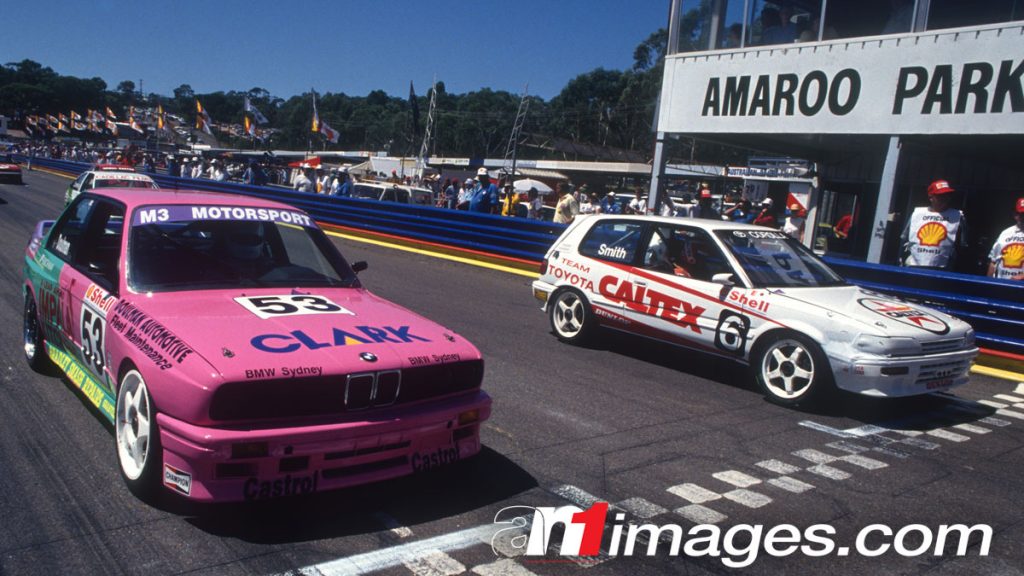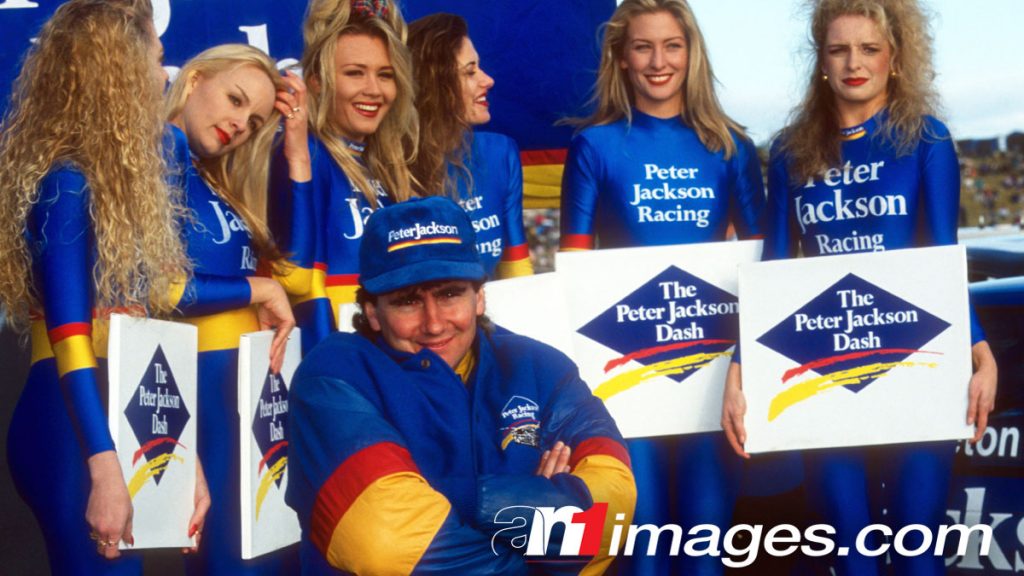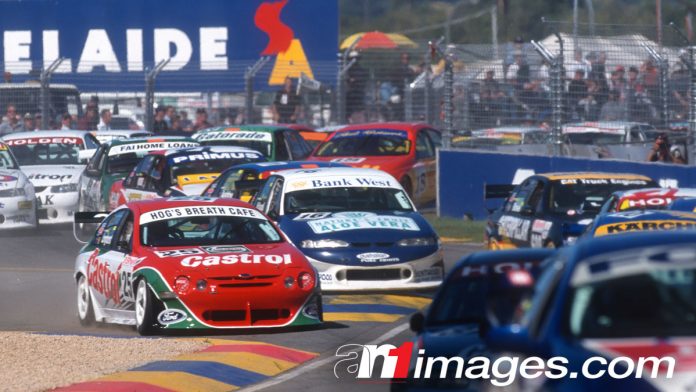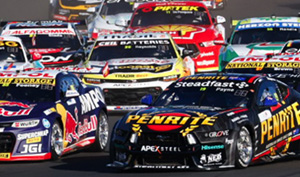OVER the years there have been a range of weird and wacky race formats used in the 60-year history of the Australian Touring Car Championship and, under its current banner, the Virgin Australia Supercars Championship.
The early years of the championship being decided by a single race each year saw some formats that are very different to what we see today.
Lakeside hosted the ATCC in both 1964 and 1967. Both events featured heat races that decided the final grid due to the track’s small capacity, however the 1964 starting order was decided in a unique manner.
The grid for the final was decided by four separate heat races grouped by engine capacity. The results of the four heats were merged to form the final grid based on the total race time, which meant that backing off in the heats was not an option.
Dividing the field by engine capacity didn’t only happen in qualifying. Three official ATCC races in the record book feature class cars only with no outright cars included.
The 1974 and 1979 Oran Park rounds were divided into separate races for Over 3 Litre and Under 3 Litre due to the short length of the South layout.
Bo Seton led in his Escort in 1974, but rolled. Bob Holden led 32 of the 39 laps in the Bryan Byrt Ford entry but lost the lead to Ray Gulson. Gulson came from ninth on the grid in his Alfa Romeo GTV to win by 0.5 seconds.
The split happened again in 1979 at Oran Park – Lawrie Nelson took victory in the under 3 litre race in his Capri.

The first race of the V8 era of touring car racing in 1993 was in fact, a two-litre race. The original intention for all 1993 rounds was a three-race format – a two-litre race, a five-litre race, followed by an all-in final. The format only lasted one round with Peter Doulman’s BMW taking out the standalone two-litre race at Amaroo.
The 1999 Sensational Adelaide 500 race was unique in the history of the Championship. The original intention was one single 500-kilometre race, run in two 250km legs, with cars being held in Parc Ferme conditions following Saturday’s first leg prior to the second leg on Sunday. The lap count on Saturday would carry through to Sunday.
Craig Lowndes won the first leg for Holden Racing Team, despite being involved in numerous incidents, including contact that sent Danny Osborne into the wall, for which Lowndes was excluded post-leg.
On seeing many contenders not finish Leg 1, the rules were hastily altered by organisers. All cars were reset to the same number of laps, with Parc Ferme rules scrapped to allow crashed cars to be repaired. Lowndes won Leg 2 from rear of grid, then subsequently overturned the Leg 1 exclusion on appeal – he went on to win that year’s championship.
While they may not count in championship record books as actual races, the Peter Jackson Dash on a Sunday morning at rounds in the early to mid 1990s remains a favourite of V8 Sleuth readers.
1992 saw the introduction of the Peter Jackson Dash, an innovation with speedway roots that had Mike Raymond’s fingerprints all over it.
The purpose was twofold: at the same time as getting all the motor sport viewers tuned into Seven’s Sunday AM Sportsworld program, it also guaranteed the touring car round a meaty segment on the program.
The format was simple; the top six in qualifying would advance to the dash, drawing grid positions at random for a three-lap sprint. A rolling start saw cars packed together at the first corner, creating more than its fair share of action.
Until Phillip Island 1994, the Dash results determined the grid positions for the first ATCC race. After that, a mid-season rule meant the Dash no longer counted for grid positions, instead only for prizemoney and championship points, but qualifying determined the grid for Race 1.

Glenn Seton should have been relieved by the change. Despite being sponsored by the title sponsor, his draw results up to that point averaged 1.29 grid positions behind where he qualified from 17 envelope extractions – including pulling envelope ‘5’ or ‘6’ on eight occasions.
Limited edition posted signed by Glenn Seton from that era can be purchased in the V8 Sleuth Bookshop here.
The Dash was expanded to 10 cars in 1995 but was abandoned at the end of that season.
However, the Privateer drivers had their own Dash starting from Phillip Island 1995 and this ran through to the end of the 1999 season.
None of the Dashes, for main teams or Privateers, are counted as race wins in ATCC/VASC statistics by AN1 Data.
John Bowe won more Dash for Cash events than any other driver – he won seven of the 38 held across 1992 to 1995.




